
Leona's Site
This is the blog page. :)

This is the blog page. :)
An adventure travel blog that features travel tips, travel advice, travel inspiration and photography that will help you plan your vacation.

Of all the Central American countries, Costa Rica is generally regarded as having the most stable and most democratic government. Its constitution of 1949 provides for a unicameral legislature, a fair judicial system, and an independent electoral body. Moreover, the constitution abolished the country’s army, gave women the right to vote, and provided other social, economic, and educational guarantees for all of its citizens. Throughout the 1970s and ’80s Costa Rica managed to stay relatively peaceful compared with its war-torn neighbours. It has one of the highest literacy rates (more than nine-tenths) in the Western Hemisphere and a solid educational system from the primary grades through the university level.
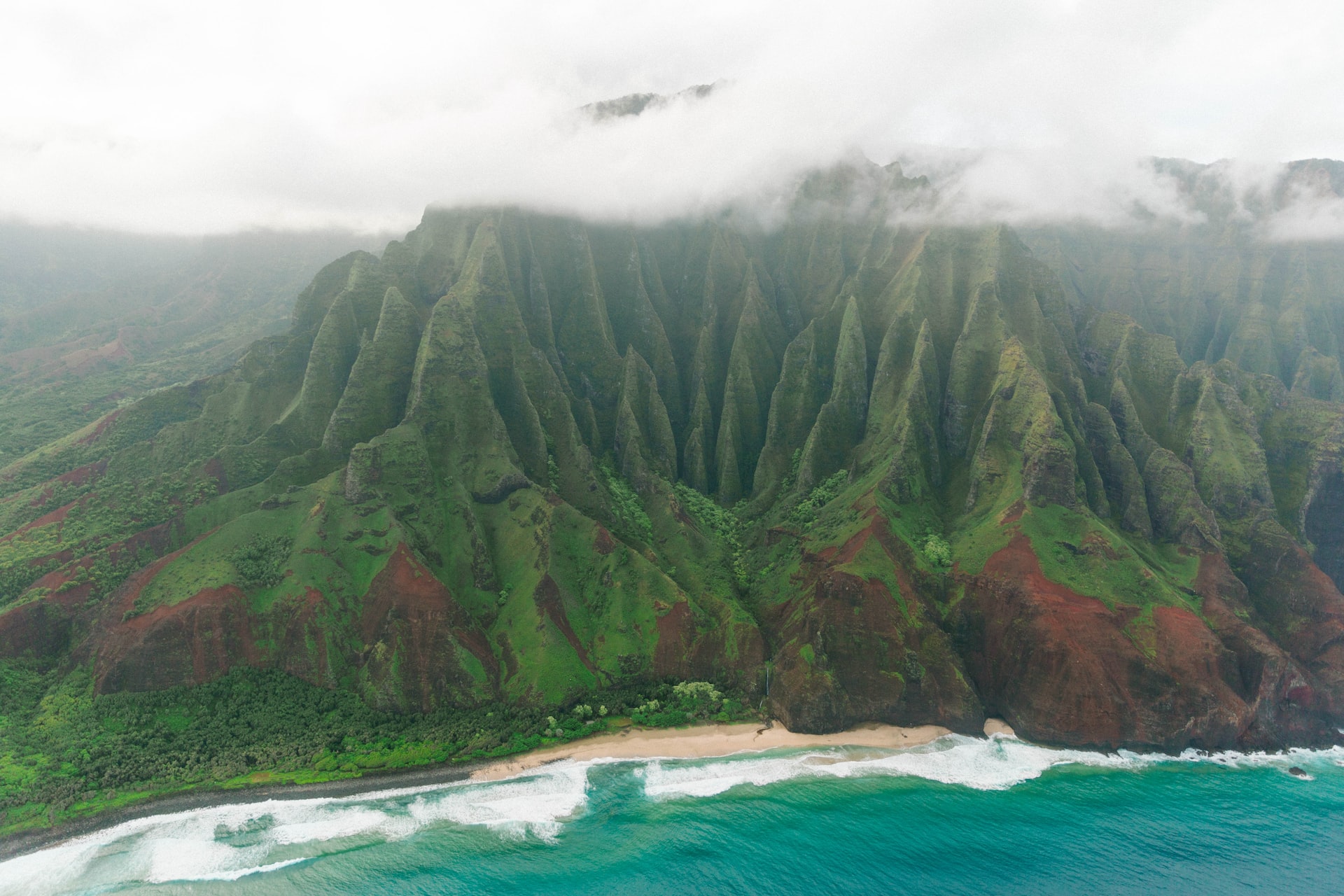
Hawaii, constituent state of the United States of America. Hawaii (Hawaiian: Hawai‘i) became the 50th U.S. state on August 21, 1959. Hawaii is a group of volcanic islands in the central Pacific Ocean. The islands lie 2,397 miles (3,857 km) from San Francisco, California, to the east and 5,293 miles (8,516 km) from Manila, in the Philippines, to the west. The capital is Honolulu, located on the island of Oahu.
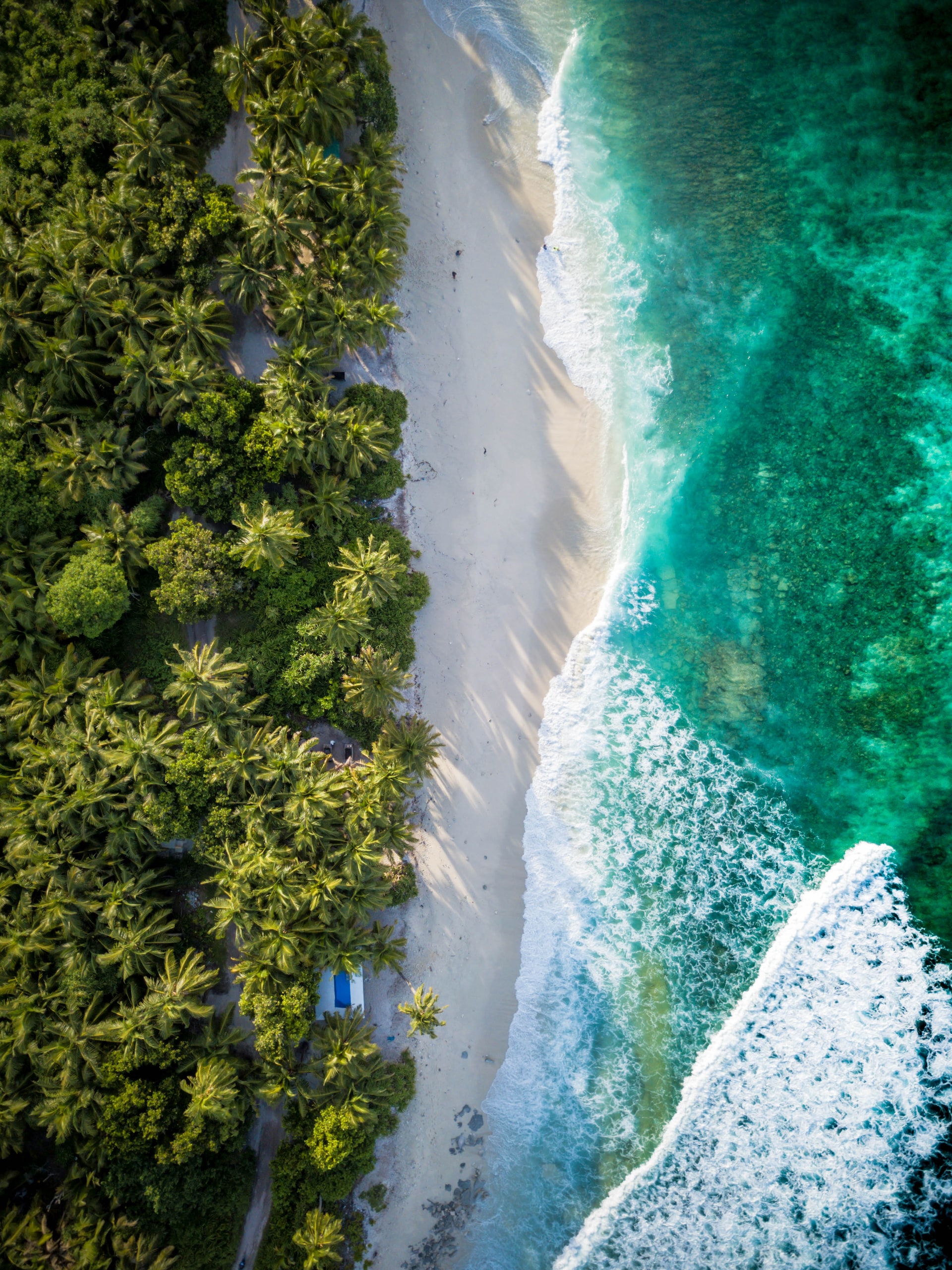
The island nation of the Maldives is popular with honeymooners looking for seclusion and adventurers looking to explore the depths of the sea on a scuba diving and snorkeling excursion. Travelers seeking relaxation can unwind at one of the island spas and all visitors should certainly spend a day exploring the Maldivian capital of Malé. The hotels in this region are also spectacular, ranging from underwater hotels to overwater bungalows to incredibly beautiful resorts. However, getting to and staying in this tropical paradise requires patience (there are no direct flights from the United States) and plentiful cash. Located between the Arabian and Laccadive seas, roughly 500 miles southwest of Sri Lanka, the Maldives is about as isolated as you can get – and that's just another one of its many allures.
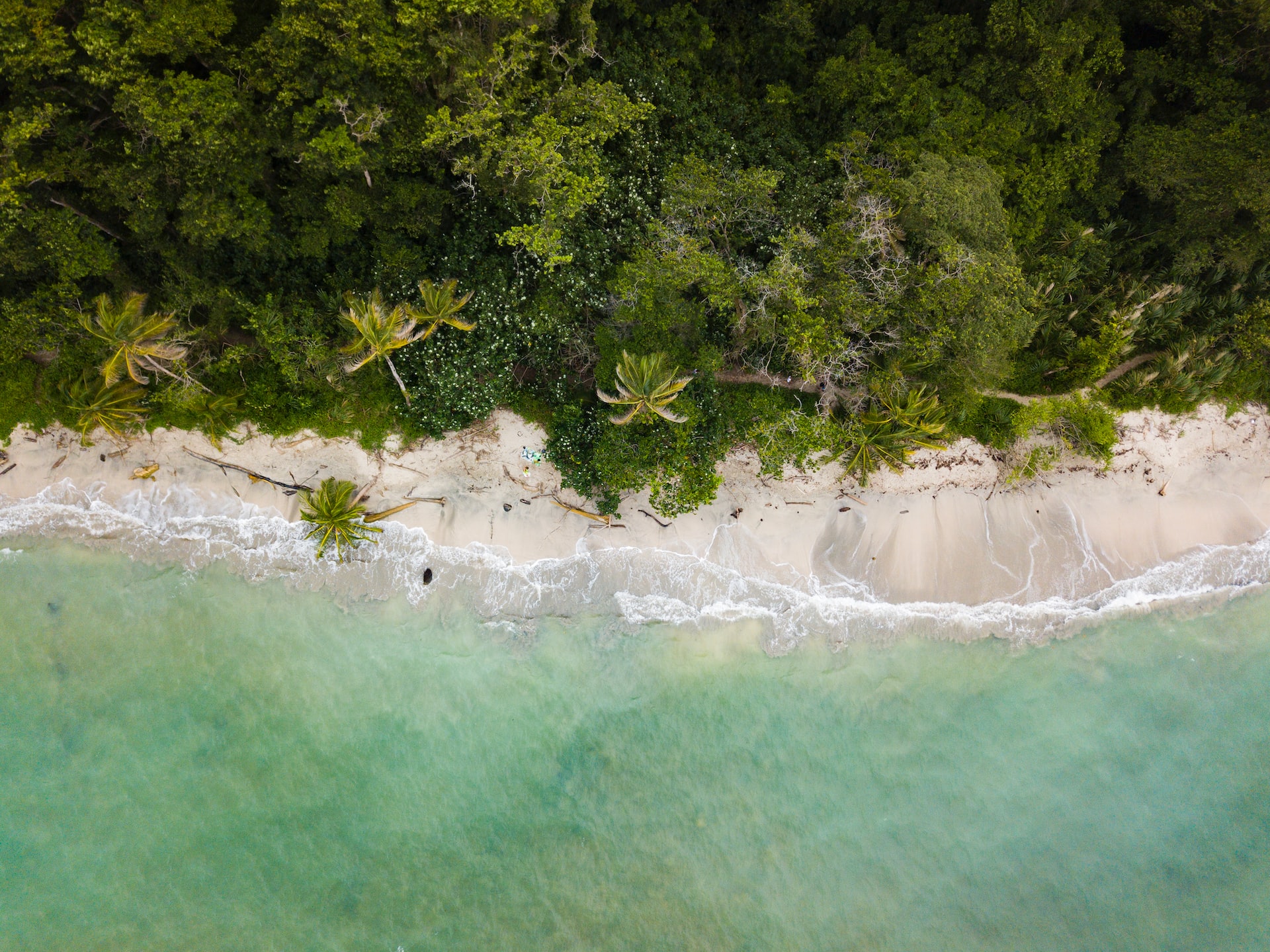
Embraced by the Pacific Ocean and the Caribbean Sea, Costa Rica has been attracting eco-tourists for decades, thanks to rich biodiversity and abundant wildlife. Here you’ll find splendid beaches that spill into sparkling blue waters, peaceful conservation areas, and outstanding adventure sports. Get in touch with ancient civilizations at the National Museum or tiptoe to the edge of a crater at Poás Volcano National Park. Surfers will dig the unparalleled co
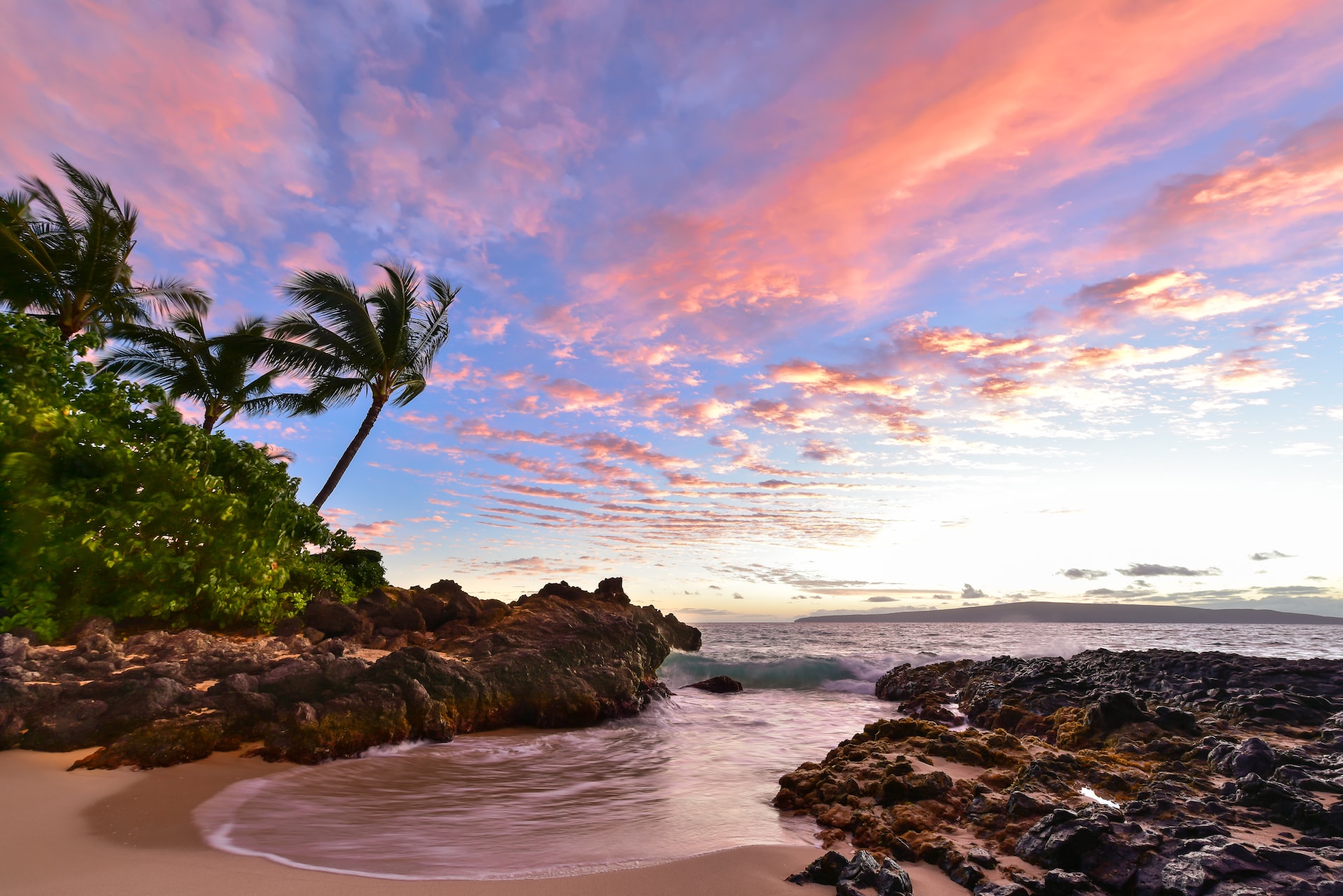
Hawaii comprises nearly the entire Hawaiian archipelago, 137 volcanic islands spanning 1,500 miles (2,400 km) that are physiographically and ethnologically part of the Polynesian subregion of Oceania.[9] The state's ocean coastline is consequently the fourth-longest in the U.S., at about 750 miles (1,210 km).[d] The eight main islands, from northwest to southeast, are Niʻihau, Kauaʻi, Oʻahu, Molokaʻi, Lānaʻi, Kahoʻolawe, Maui, and Hawaiʻi—the last of these, after which the state is named, is often called the "Big Island" or "Hawaii Island" to avoid confusion with the state or archipelago.
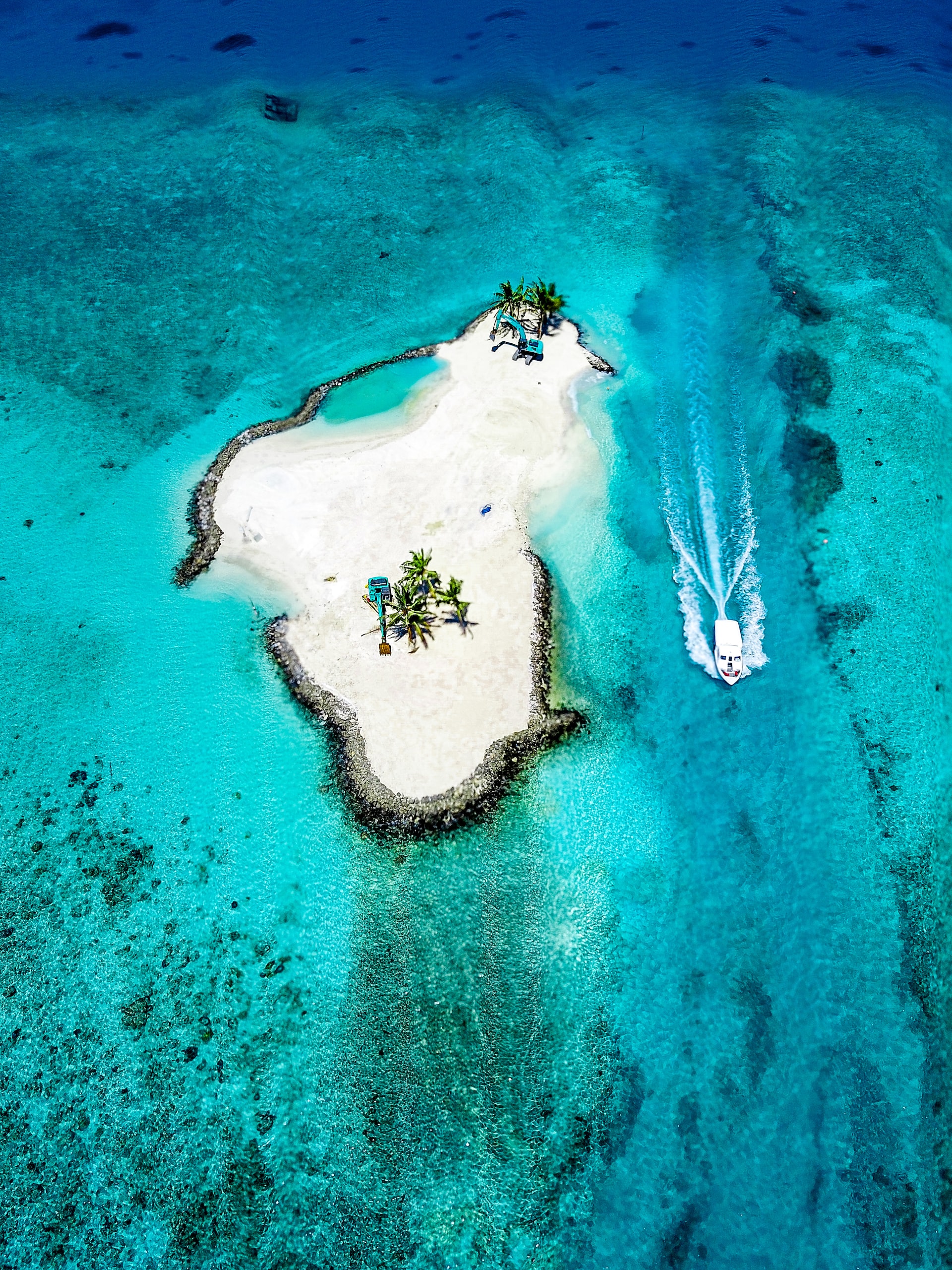
Maldives, in full Republic of Maldives, also called Maldive Islands, independent island country in the north-central Indian Ocean. It consists of a chain of about 1,200 small coral islands and sandbanks (some 200 of which are inhabited), grouped in clusters, or atolls. The islands extend more than 510 miles (820 km) from north to south and 80 miles (130 km) from east to west. The northernmost atoll is about 370 miles (600 km) south-southwest of the Indian mainland, and the central area, including the capital island of Male (Male’), is about 400 miles (645 km) southwest of Sri Lanka.